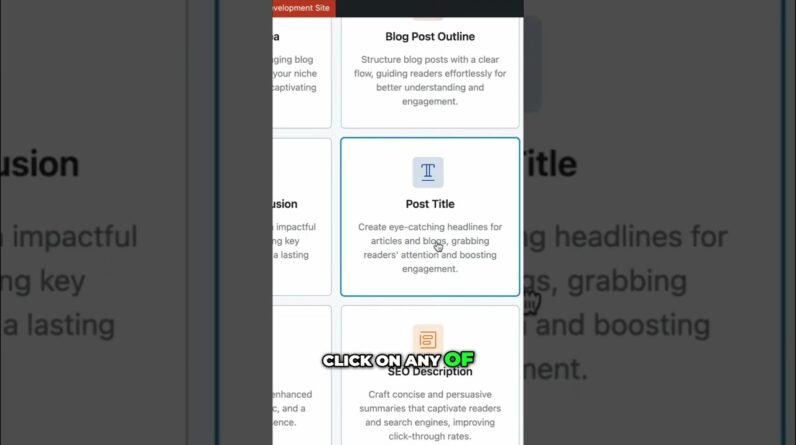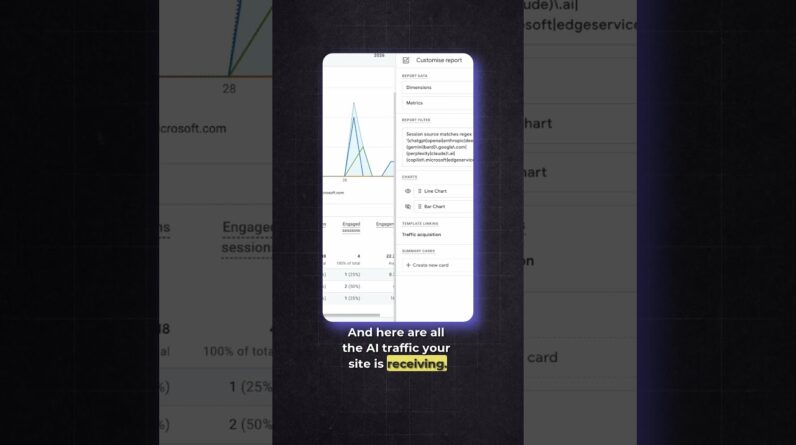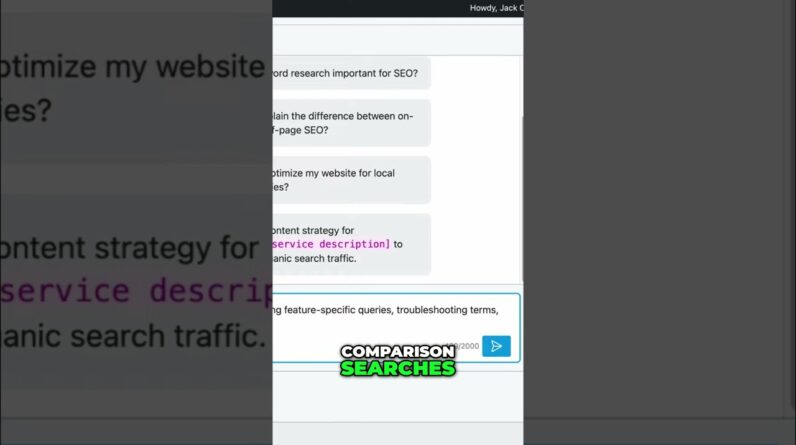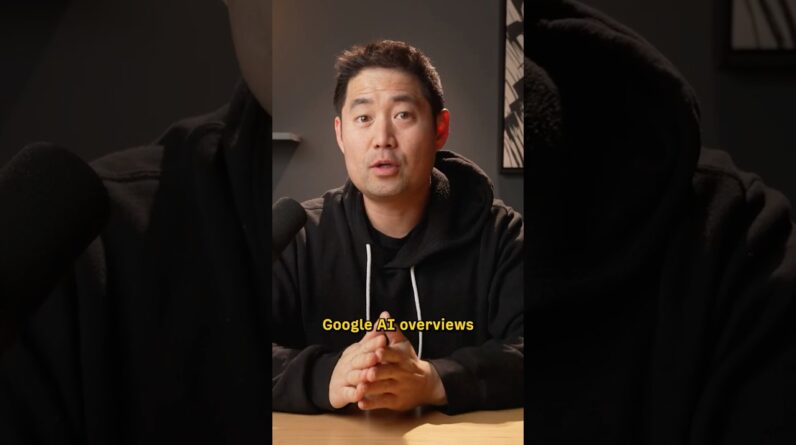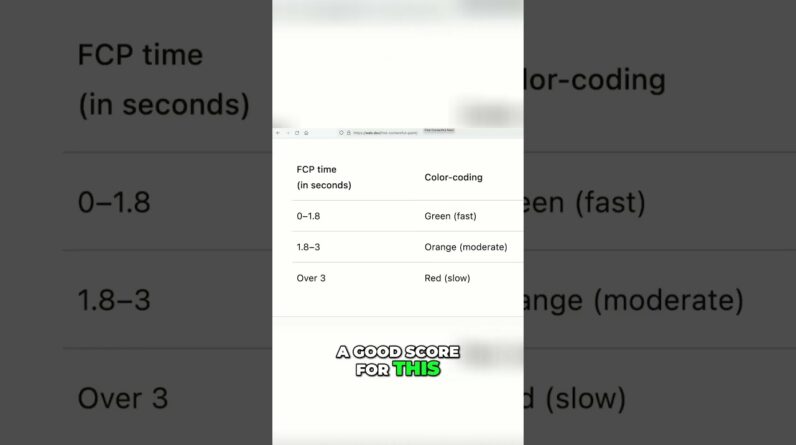
In this blog post, we will explore the concept of First Contentful Paint (FCP) and its significance in web performance. Join us as we delve into what FCP is all about and why it is crucial for optimizing website loading times.
Optimizing First Contentful Paint for Enhanced User Experience
Introduction
Well, hello there, friends! Have you ever visited a website and found yourself waiting and waiting for the content to show up, feeling like time was passing at a snail’s pace? Ever heard of the term “First Contentful Paint” and wondered what in the world it meant? Fear not, for today, we are delving into the fascinating realm of website optimization, focusing on a crucial aspect: First Contentful Paint.
What is First Contentful Paint?
So, what exactly does First Contentful Paint (FCP) mean? It’s pretty straightforward, folks. FCP is a performance metric that measures how quickly the first object or element on a webpage is displayed in the browser. In simpler terms, it marks the point in time when users can see the first piece of content on their screen.
Why Does First Contentful Paint Matter?
Now, let’s talk turkey. FCP plays a significant role in shaping user experience. Picture this: you click on a website link, and instead of being greeted with instant content, you end up twiddling your thumbs as the page struggles to load. Frustrating, right? Optimizing for FCP ensures that users can access information promptly, keeping them engaged and satisfied.
How fast is Fast?
Here’s the nitty-gritty. For an optimal user experience, the first object on a webpage should pop up in less than 1.8 seconds. This speedy display time sets the stage for a smooth browsing journey. Should the object take between 1.8 to 3 seconds to show up, an orange indicator serves as a caution sign for slower loading speed. And if the wait surpasses 3 seconds, be prepared to see a glaring red indicator, signaling a significant delay.
The Influence of Audits on First Contentful Paint
Multiple audits are conducted on websites to assess and enhance their performance, and FCP is a key player in this game. By optimizing for FCP, developers can fine-tune the loading speed of web pages, ultimately retaining users’ interest and interaction.
Optimizing First Contentful Paint for Better Performance
When it comes to improving FCP, a few savvy strategies can work wonders. Let’s break it down for you in a jiffy:
- Image Optimization: Compressing images and utilizing the correct formats can expedite content loading.
- JavaScript Execution: Evaluate and streamline JavaScript to prevent delays in rendering webpage elements.
- Minimize Redirects: Excessive redirects can lead to extended loading times; limit them for a snappier user experience.
- Caching Policies: Implement effective caching strategies to store website data, reducing load times for returning users.
Benefits of Enhancing First Contentful Paint
Ah, the sweet fruits of optimization! By sharpening your focus on FCP, you can reap several benefits, such as:
- Enhanced User Engagement
- Improved Search Engine Rankings
- Decreased Bounce Rates
- Increased Conversion Rates
- Elevated User Satisfaction
Conclusion
In a nutshell, understanding and refining First Contentful Paint is a game-changer in the realm of website performance. By ensuring swift and seamless content display, you not only retain users but also elevate their browsing experience to a whole new level.
FAQs
- What role does First Contentful Paint play in website optimization?
- How does optimizing for FCP impact user engagement?
- What are some common factors influencing First Contentful Paint timings?
- Can slow First Contentful Paint lead to decreased conversion rates?
- Why is it crucial to maintain FCP timings below 1.8 seconds for optimal performance?

